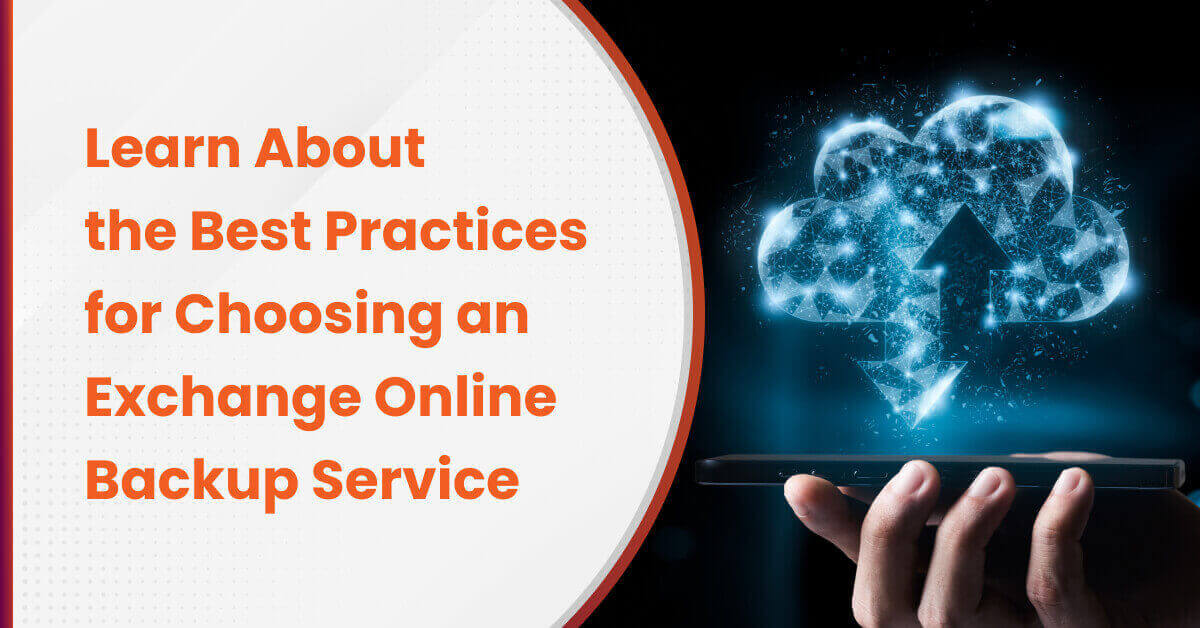Working From Home? How to Share Files Like a Pro

As companies focus on employee safety (rightfully so) with strict work from home orders during the Covid-19 pandemic, a crucial business aspect has been put at risk. Mission-critical data that was once stringently guarded within the company (fire)walls is now residing on employees’ personal computers and is being shared without adequate security.
There is no denying that collaboration tools have been critical for this new remote working set-up, helping employees share ideas, information, secure file transfer and work as teams. However, this has left data vulnerable to phishing, vishing, and ransomware attacks. The year 2020 saw cybercrime skyrocketing for this very reason. According to Gartner, as much as 21% of the information uploaded to collaboration platforms contains confidential company data, which in the wrong hands can prove to be devastating to the business.
As we step into 2021, we are at a crossroads. The work-from-home way of life will continue in the current year and beyond, and its success lies in the ability of businesses to share data seamlessly. So the big question is, how can data be shared effectively and securely (secure file transfer) so that we do not repeat the mistakes of 2020?
Think Email is Secure? Think Again
Email may not be the best way to send large files when working remotely. Without perimeter security, emails can be easily intercepted, and attachments can be downloaded and modified. This is why email is the most preferred choice of hackers to inject malware and ransomware. Another issue is that a lot of corporate email servers impose attachment size restrictions. This may spur employees to look for easier and faster alternatives of sharing, such as personal Gmail accounts, which are even less secure. An industry study reveals that 54% of employees use a personal email account to transfer data, leaving companies vulnerable.
Using Good Old Email
Emails continue to be the most common vector cybercriminals use for ransomware infections. A well-drafted legitimate-looking email is sent, encouraging people to click on a link or download an attachment. This is called a phishing attack. Once the user clicks on the link, it drops a malicious payload designed to hijack the user’s computer and the network it is connected to. Interestingly, hackers exploited people’s anxieties by sending them emails about Coronavirus that would naturally compel them to click on such malicious links.
Besides holding information to ransom, cybercriminals were also able to compromise laptops, mobile devices, and networks to steal business-critical data, passwords, confidential customer information, patient data, payment information, bank details, and more during 2020.

Elevate Your Microsoft 365 Experience: With Parablu’s Cutting-Edge Technology
Discover how you can enhance your M365 user and admin experience. Learn how Parablu’s innovative solutions
Is Cloud Transfer Safe?
A lot of cloud services have gained popularity during the lockdown as an easier way of secure file sharing. Some of them include WeTransfer, OneDrive for Business and Dropbox, etc. These require users to upload files on a cloud repository and share the link with the recipient, who then downloads them to their own devices. In this method, the company data is sent to a cloud that does not belong to the business and on which it does not have any security or audit control. This essentially means that sensitive information is sent to the public domain, where it is exposed to possible hacker attacks, endangering the business.
Tips to Secure File Sharing Like a Pro
Here are a few best practices that will help you share files in the cloud securely:
- Choose a business-grade option: Along with the free storage and access to cloud storage, cloud platforms also have a paid business-grade option. Always opt for this version as it comes with better security provisions and controls. They also enable identity and access control, making it difficult for hackers to hijack your data. These business tools make adhering to compliance easier as well.
- Enable encryption: One good option is to ensure that there is a secure file sharing solution with inbuilt capabilities to encrypt all uploaded files in place. Additionally, the employees need to ensure they use password protection and use links that have built-in time expiration when sharing.
BluDrive utilizes a secure storage container designed for the cloud to keep data safe while letting you control the encryption keys. This solution allows users to share encrypted files using password-protected links with the intended recipient
Solutions like BluSync utilize a secure storage container designed for the cloud to keep data safe while letting you control the encryption keys. This solution allows users to share encrypted files using password-protected links with the intended recipient. Built-in IRM capabilities can also let users control the recipient’s ability to download, save or print the files. File access is password protected and the downloaded file gets decrypted only after password authentication.
- Educate employees: Train employees and explain to them the risks associated with mishandling sensitive information. They need to understand the different data grades and what can or cannot be shared in the public domain. Educate them on the secure ways of sharing confidential data when working from home.
As remote working becomes the de-facto working model, even in a post-pandemic world, organizations must ensure secure file transfer and file collaboration to ensure compliance and avoid the possibility of a costly and embarrassing data breach.





